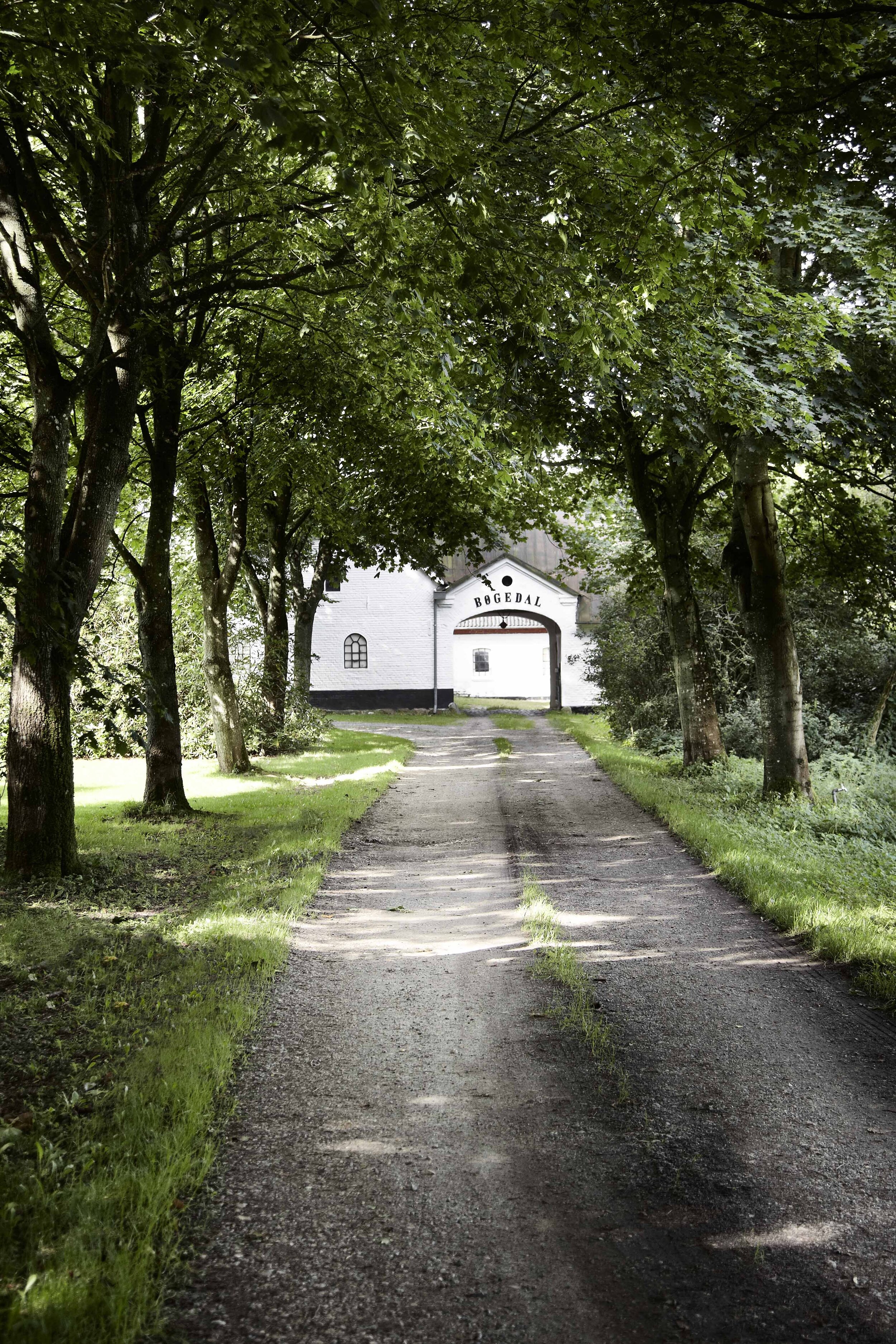We can thank brewer at Bøgedal Casper Vortings mom and dad for the opportunity to taste 100 % handcrafted beer from Bøgedal. Not only because they gave life to him, but also because in the early 70s they chose to buy a farm outside Vejle in southern Denmark. and begin a life where self supplement was prioritized.
It was quite unusual that one of the city's wealthier families would suddenly move out on a farm in the middle of nowhere and spend time messing around in a gigantic vegetable garden to grow their own vegetables, take care of a dairy cow and have geese roaming around. But Casper's mother had spotted how great value there was in being self-supplant in food, especially in the 1970s, when the wave of factory-produced "food" seriously washed in over us the Danes. I myself growing up in Copenhagen eating lots of industrialized food ended up have allergies reactions related to all kind of products.
But it all stated in Vejle with a boy that was open to sensing, tasting and appreciating the real deal. Raw ingredients treated with old Artisan skills.
”In my early childhood the little Milk Car from Christianshåb Dairy came with thick cream milk with layer on the top of the bottle. The baker's freshly baked bread was delivered on the top of the staircase in the morning. In the late 60th the milk was replaced with milk in cartons.
In the beginning we called the milk in the new cartons for cardboard milk. Both because it seemed that it was disgusting and a little ridiculous with milk in a piece of paraffinic cardboard, but also because it was homogenized and pasteurized and tasted completely different ... boring.
And it had the disadvantage that you couldn’t make it in to TYKMÆLK (Junket). A traditional danish breakfast made of unpasteurized milk, which is put on the ceiling on a hot day in small dessert bowls. In the evening you have the most beautiful thick milk, which has nothing to do with cardboard milk. A luxury that cannot be achieved at all now.
Then the bread disappeared from the old Tirsbæk baker, baked in a stone oven fired with wood as late as 1973, when it was closed by the food authorities ... we started eating sliced rye bread from the factories manufactured in plastic bag and bought in the supermarket … rye bread with dew on the inside of the bag. That we called it for plastic bread.
Most of us didn’t get this when growing up but Casper did and it made him create Bøgedal brew with all its craftsmanship and back to basic thinking. 🙏



